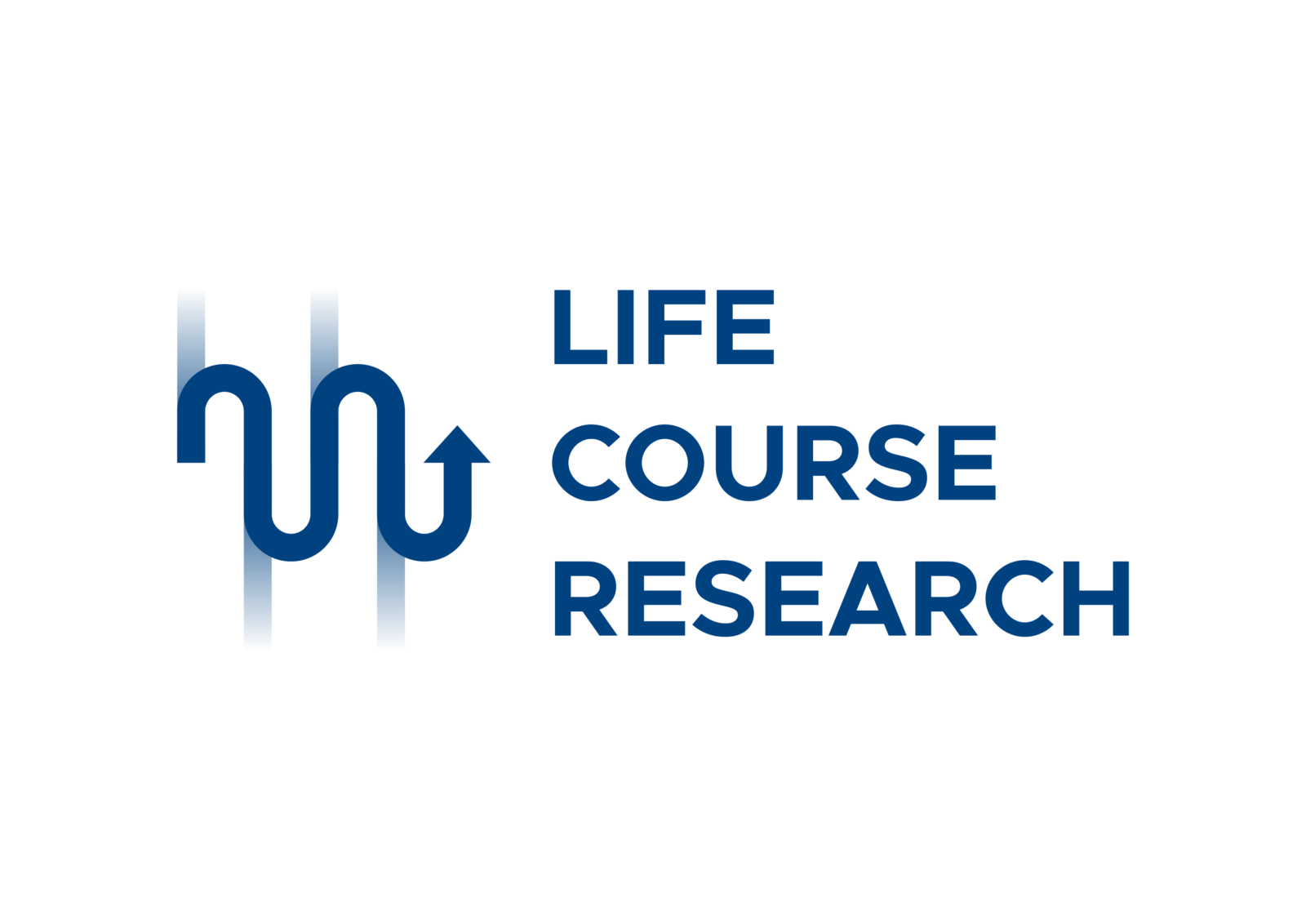The Early Detection of Osteoporosis in a Cohort of Healthcare Workers: Is There Room for a Screening Program
Workforce aging is becoming a significant public health problem due to the resulting emergence of age-related diseases, such as osteoporosis. The prevention and early detection of osteoporosis is important to avoid bone fractures and their socio-economic burden. The aim of this study is to evaluate the sustainability of a screening workplace program able to detect workers with osteoporosis. The screening process included a questionnaire-based risk assessment of 1050 healthcare workers followed by measurement of the bone mass density (BMD) with a pulse-echo ultrasound (PEUS) at the proximal tibia in the at-risk subjects. Workers with a BMD value ≤ 0.783 g/cm² were referred to a specialist visit ensuring a diagnosis and the consequent prescriptions. Any
possible association between the outcome variable BMD ≤ 0.783 g/cm² and the risk factors was evaluated.
The costs were calculated with a full costing method. We identified 60 pathological subjects.
We observed increased risks for women, older ages, and menopause (p < 0.01). The yearly cost of our screening program estimated for this study was 8242 euros, and, considering the fragility bone fracture costs, we hypothesize a considerable economic savings, with a possible positive benefits/ cost ratio of 2.07. We can say that the margin between the investment and results leads to a preference for this type of screening program. Osteoporosis is an occupational health problem, and a workplace screening program could be a cost-effective intervention.
Reference:
Rinaldi, C.; Bortoluzzi, S.; Airoldi, C.; Leigheb, F.; Nicolini, D.; Russotto, S.; Vanhaecht, K.; Panella, M. The Early Detection of Osteoporosis in a Cohort of Healthcare Workers: Is There Room for a Screening Program? Int. J. Environ. Res. Public Health 2021, 18, 1368. https://doi.org/10.3390/ijerph18031368



